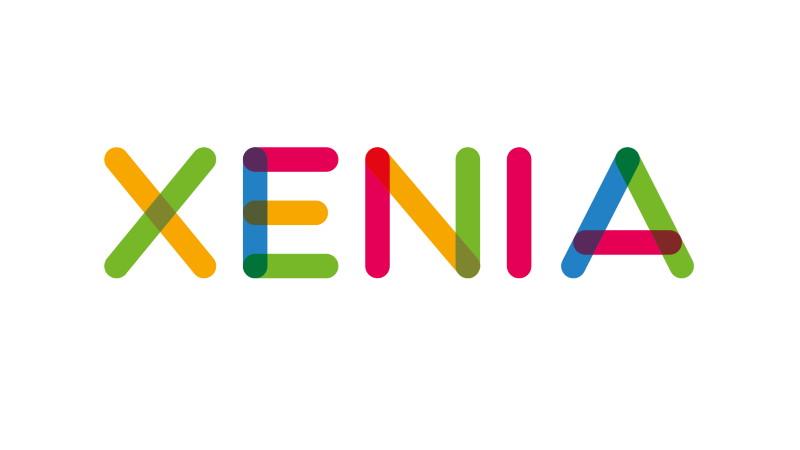XENIA
-
Info
Title XENIA: Higher Education Inclusiveness Index
Acronym XENIA
Programme ERASMUS+ KA3: Support for Policy Reform
Project Number 612126-EPP-1-2019-1-IT-EPPKA3-IPI-SOC-IN
Start – End Date 15/01/2020 – 14/01/2023
Duration 36 months
Action Social inclusion through education, training and youth
Funding Agency Education, Audiovisual and Culture Executive Agency (EACEA), European Union
Total Project Funding €623.909,00
Project Homepage http://www.xeniaindex.eu/
Status Completed
Description
XENIA originates from the need to address a paradox: while Higher Education is the main source of research of gender and sexual orientation stigma and exclusion, seldom HEIs are recognized as “inclusive places” where exclusion on the basis of gender and sex orientation is tackled. While specific activities exist to tackle social and educational integration of other groups at risk of exclusion (migrants, ethnic minorities, people with disabilities) at present there are no specific tools nor mechanisms to systematically cope with the phenomena of gender and LGBT+ stigma and promote dynamics of social and educational inclusion of women and LGBT+ in EU HEIs.
XENIA key objective is to turn Higher Education Institutions -HEIs- into “inclusive places” that promote social dialogue irrespective of gender and sexual orientation and lower (potentially eliminate) organisational and operational barriers for equal opportunities.
XENIA tackles the challenges of discrimination on the basis of gender & sexual orientation biases by equipping HEIs to assess their “real inclusiveness” and empowering HE staff and students to enhance the “perceived inclusiveness” of their HEI.
Project Outcomes
XENIA will develop and implement an innovative “HEI Inclusiveness Index” that allow HEIs to:
- Map and assess how HEIs are inclusive, scoring them against a set of objective indicators
- Gauge the perception of students and staff of how inclusive are HEIs, through questionnaire based surveys among HEI staff (admin, teaching, support) and students to determine the “perceived” degree of inclusiveness at HEI
- Identify key areas for intervention, allowing HEIs to prioritise their social inclusion policies, programmes and initiatives

Publicity
